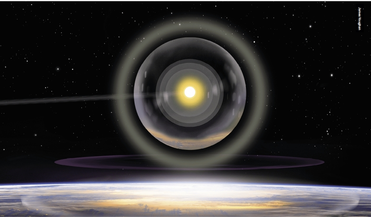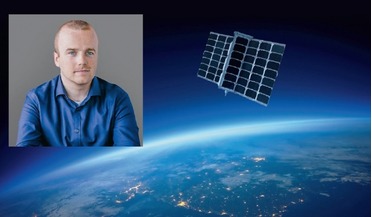 January 2021
Safeguarding space - lessons from decommissioning in the energy industry
January 2021
Safeguarding space - lessons from decommissioning in the energy industry
... dangers posed by the current preponderance of space debris have been well documented, while increasing the numbers of satellites serves only to increase the risk of a serious in-orbit collision. Current guidelines seek to prevent the creation of new...
 January 2021
Time to change our relationship with space?
January 2021
Time to change our relationship with space?
...– inspiration. These are not compelling arguments to put before rational government treasuries and so the wider benefits of satellites are then appropriated as part of the rationale – benefits that can no longer be traced (if they ever were) to human...
 March 2021
iPhone moment for the Earth observation industry
March 2021
iPhone moment for the Earth observation industry
...majority of the applications mentioned above, the value is not in the consumption of EO data. It is in the information leveraged from satellites and combined with other sources of data in order to create a data-driven product of value to the end user...
 April 2021
Space wars - how they start and how to end them
April 2021
Space wars - how they start and how to end them
...brightness signatures down to 18th magnitude. The US space surveillance network, the largest in the world, routinely ‘loses’ satellites all of the time, as the figure on page 63 illustrates. ASATs Although it would seem advisable to limit the ability...
 November 2021
Space insurance and the future of risk management
November 2021
Space insurance and the future of risk management
...reach. In February 2020, the company’s Mission Extension Vehicle-1 (MEV-1) docked with the Intelsat 901 communications satellite in order to relocate it to a new position over the Atlantic Ocean. The MEV is designed for a 15-year operational lifetime...
 May 2022
Using space data to improve life on Earth
May 2022
Using space data to improve life on Earth
... computing industries. Since our applications would all be software-defined, it also meant we could continuously improve our satellites, even after they had been launched, through on-orbit software upgrades. Spire is vertically integrated, with both...